
I am not a Jehovah’s Witness, and although I don’t really agree with their doctrine, I respect them for their unshakable faith in what they believe in.
The persecution of Jehovah’s Witnesses in Nazi Germany is a dark chapter in history that often goes overlooked compared to other groups targeted by the regime. Despite being a relatively small religious minority, Jehovah’s Witnesses faced intense persecution under the Nazis due to their refusal to swear allegiance to the state, participate in military service, or salute the national flag, as they viewed these acts as conflicting with their religious beliefs.
As early as 1933, Jehovah’s Witnesses were targeted for their refusal to conform to Nazi ideology. They were arrested, imprisoned, and subjected to various forms of torture and abuse in concentration camps. In these camps, they were often identified by purple triangles on their clothing, denoting them as political prisoners.
The Nazis sought to suppress Jehovah’s Witnesses because they represented a challenge to the regime’s authority and ideology. Their steadfast commitment to their religious beliefs and refusal to compromise—even in the face of severe persecution, made them a symbol of resistance.
Despite the persecution, Jehovah’s Witnesses remained resilient, continuing their religious activities clandestinely when possible and maintaining their faith under the most difficult circumstances. Their experiences during this period serve as a reminder of the importance of religious freedom and the dangers of authoritarian regimes that seek to suppress dissenting voices.
Within months of the Nazi takeover, regional governments, primarily those of Bavaria and Prussia, initiated aggressive steps against Jehovah’s Witnesses, breaking up their meetings, ransacking and then occupying their local offices. By April 1, 1935, the Reich and Prussian Minister of the Interior ordered the responsible local officials to dissolve the Watchtower Society.
The children of Jehovah’s Witnesses also suffered. In classrooms, teachers ridiculed children who refused to give the “Heil, Hitler!” salute or sing patriotic songs. Classmates shunned and beat up young Witnesses. Principals expelled them from schools. Families were broken up as authorities took children away from their parents and sent them to reform schools, orphanages, or private homes, to be brought up as Nazis.

Simone Arnold Liebster was one of those children, this is her story.
When Simone was born she was welcomed into a large extended Roman Catholic Family. When she was eight her mum left the Roman Catholic Church to become a Jehovah’s Witness. Sometime later, despite fierce opposition from their Roman Catholic family, Simone and her Dad became Jehovah’s Witnesses too and Simone was baptised in 1941
Simone Liebster (born Arnold) was born in August 1930 in a small Alsatian village. At age three, she moved to the bustling city of Mulhouse with her parents, Adolphe and Emma, and her dog Zita. Starting at an early age, Simone, like her parents, was deeply religious with a strong developed sense of justice. Though her father provided well for her family, Simone felt incensed by the inequities she saw around her, especially during Christmas, when even the Christ child seemed to differentiate between rich and poor. Adolphe and Emma raised Simone to listen to her conscience, even if it meant being different from or unpopular with others.
When Simone’s mother, Emma, began reading the literature of the Bible Students (Bibelforscher, also called Jehovah’s Witnesses), Simone’s father forbade Emma to talk about her new beliefs with her insatiably curious girl but eventually all three were baptized as Jehovah’s Witnesses. In the meantime, Hitler’s armies were marching across Europe, bringing with them oppression and violence. Simone’s home region of Alsace became a special target of the Nazi “Heim ins’ Reich” program, to make the contested land “German” again.
Because of their faith and their refusal to conform, Simone and her parents faced threats and coercion. Simone’s father, Adolphe, was the first arrested, along with other male Jehovah’s Witnesses. Nevertheless, Simone, then age 11, was determined to listen to the voice of her conscience. She refused to give the Hitler salute or sing Nazi songs, acts that she felt amounted to worship of a man. After several patriotic teachers confronted, ridiculed, expelled, and even knocked her unconscious, Simone was arrested by juvenile authorities, taken to Germany, and put in a Nazi penitentiary home. For nearly two years, Simone was forbidden to talk and was forced to do hard labour. Both her parents by this time had been imprisoned in Nazi camps, and none expected to live to see the family reunited. When the war ended all the Arnolds returned home to rebuild their lives.
Simone attended art school, like her father. Then, after learning English, she went to the United States to the Watchtower Bible School of Gilead. In 1956 Simone married Max Liebster, and, together, they devoted their lives to their ministry and peace education.
Approximately 1,500 Jehovah’s Witnesses were murdered under the Nazi regime, 250 of whom were executed for refusing to take part in armed conflict.
Sources
https://encyclopedia.ushmm.org/content/en/article/nazi-persecution-of-jehovahs-witnesses
https://www.jewishvirtuallibrary.org/jehovah-s-witnesses-in-the-holocaust
https://www.hmd.org.uk/resource/simone-arnold-liebster

Donation
I am passionate about my site and I know you all like reading my blogs. I have been doing this at no cost and will continue to do so. All I ask is for a voluntary donation of $2, however if you are not in a position to do so I can fully understand, maybe next time then. Thank you. To donate click on the credit/debit card icon of the card you will use. If you want to donate more then $2 just add a higher number in the box left from the PayPal link. Many thanks.
$2.00
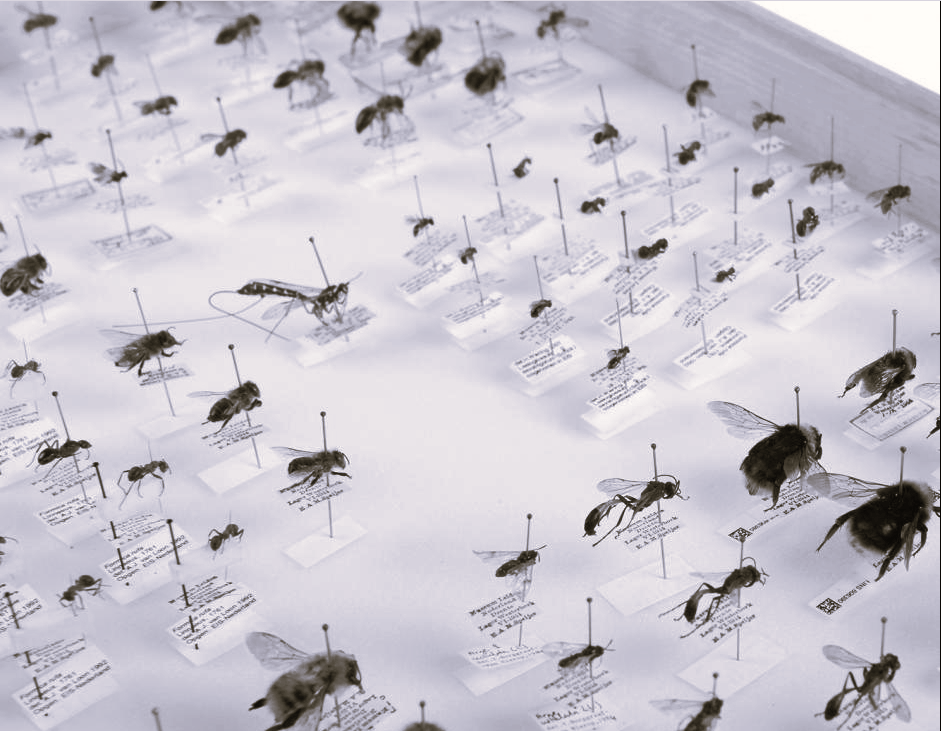


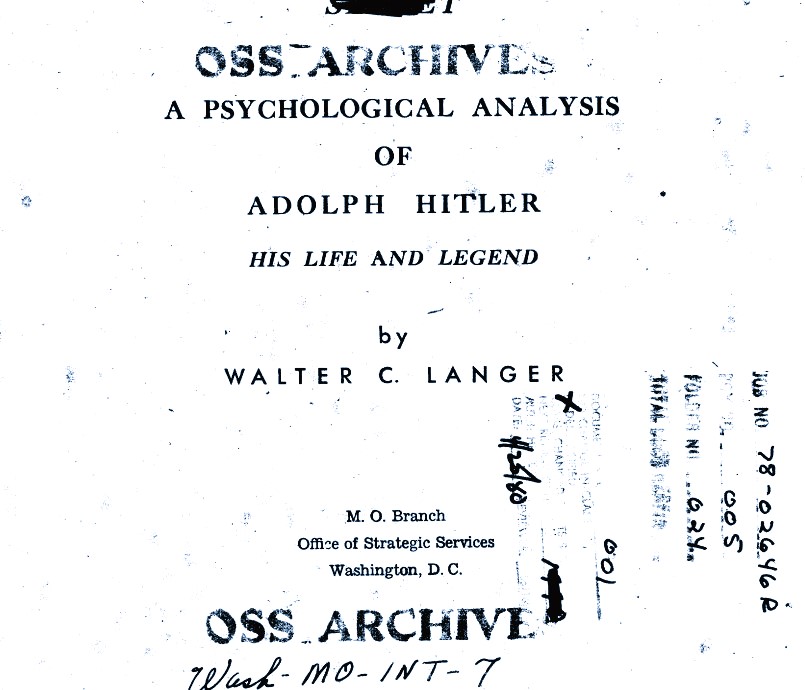








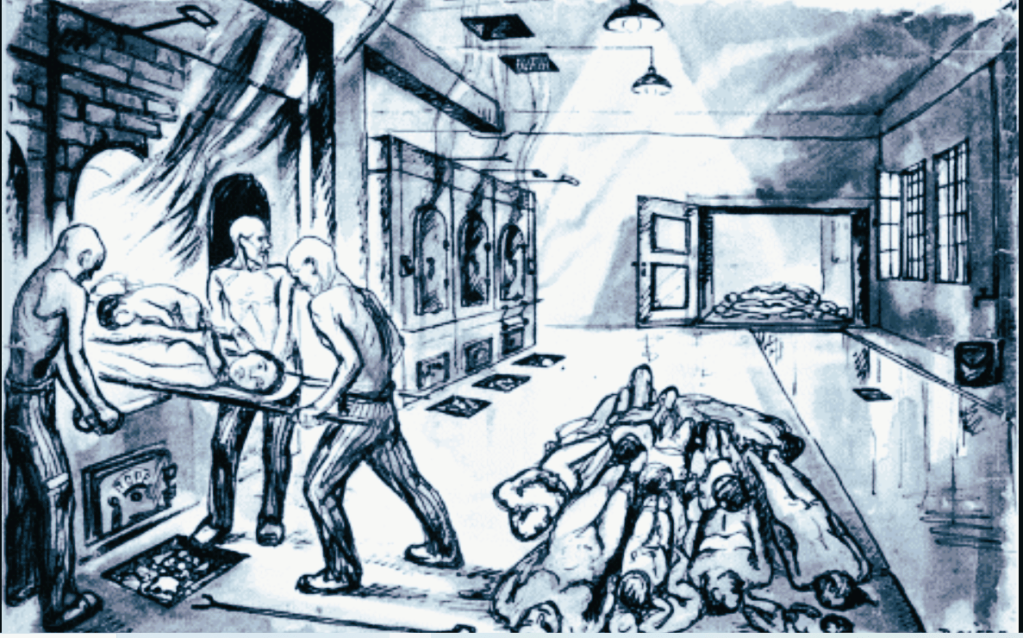


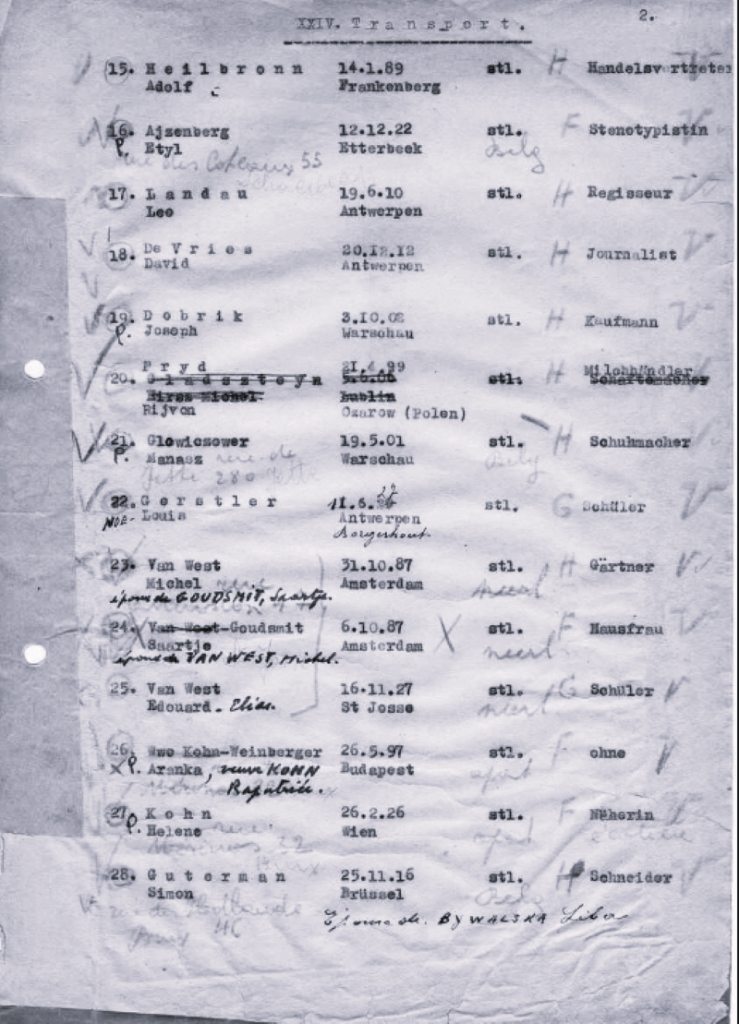

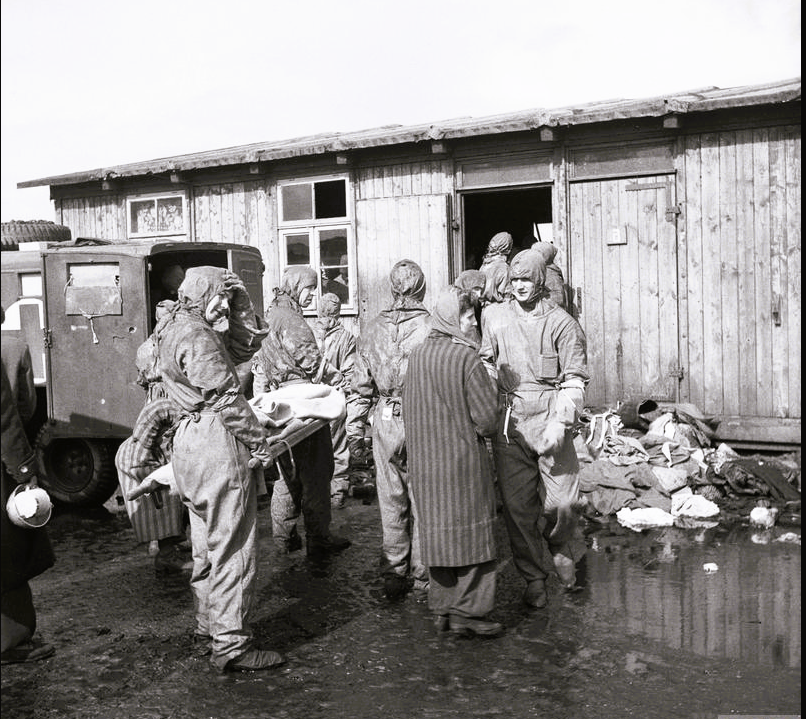
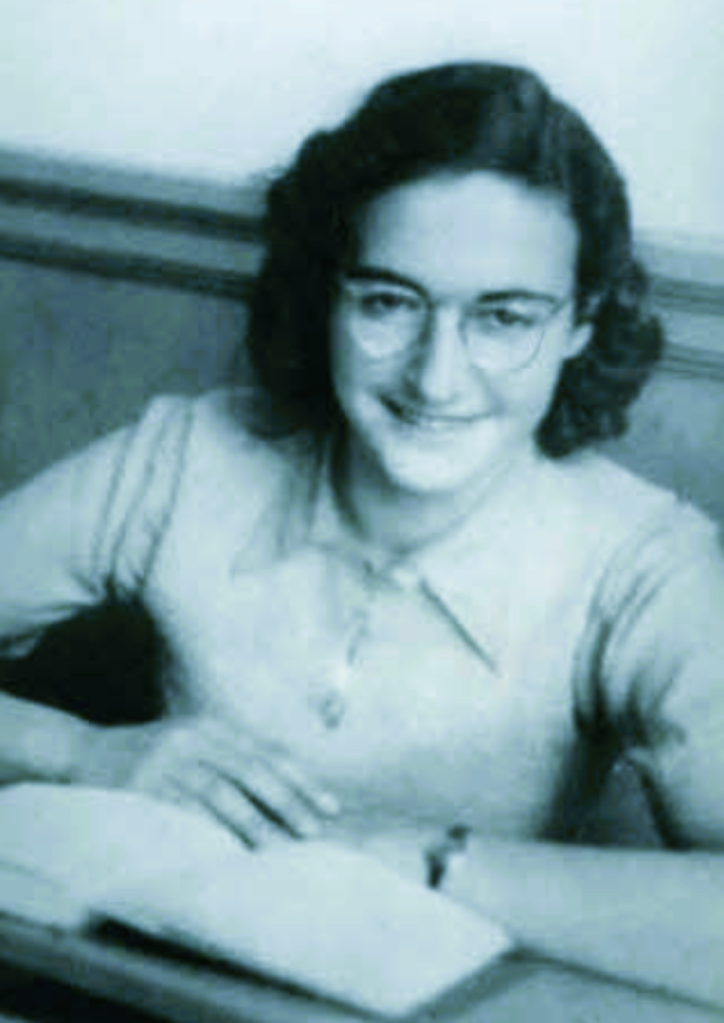
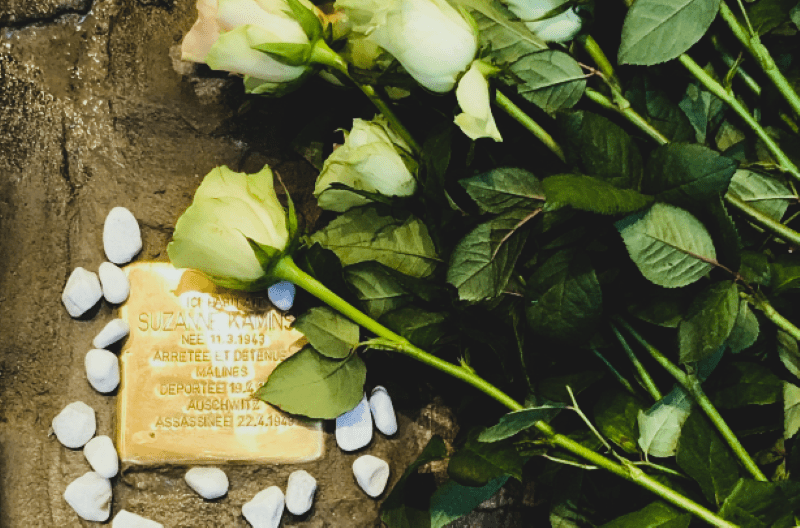




You must be logged in to post a comment.